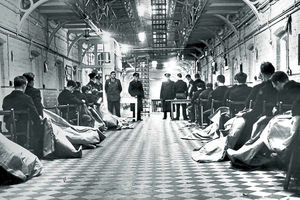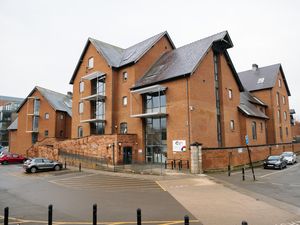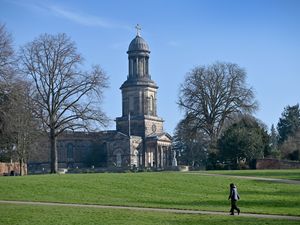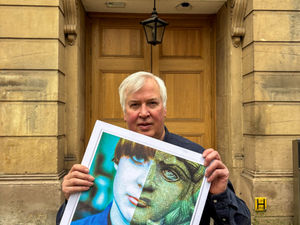Five hangings in a day at Shrewsbury Jail . . . for burglary
Outdated, largely Victorian, and very, very overcrowded, Shrewsbury Jail is a venerable old lady who has done her time – with a fair share of dark moments in her grisly past[gallery] .

Those cell doors will soon clang shut for the last time as the jail which has been at the heart of Shrewsbury for over 200 years is closed down, having outlived its usefulness, and having itself being condemned as too old and too costly.
The Dana has never had that ring which sends a chill down the spine, unlike, say, Dartmoor, Strangeways, and Holloway.
Nevertheless, there will be many Salopians who have their own "inside story" of the jail at Shrewsbury.
For all its forbidding aspect, it is unlikely that old lags will have Shrewsbury down as one of the toughest institutions within the prison service.
Even the prison food was once praised for its high standard in a "Good Jail Guide".
The cells have integral sanitation – the days of slopping out are over – power, and television. Back in 2004 well-behaved inmates could enjoy the reward of being given a Freeview television box, meaning they could access dozens of channels, including the shopping channel.
But Shrewsbury has a very dark side. For many years it was a place of execution, which in older times was carried out in public and drew huge crowds in an unwholesome festive atmosphere. People used to turn up early to make sure they got a good place, and posters were produced as souvenirs.





